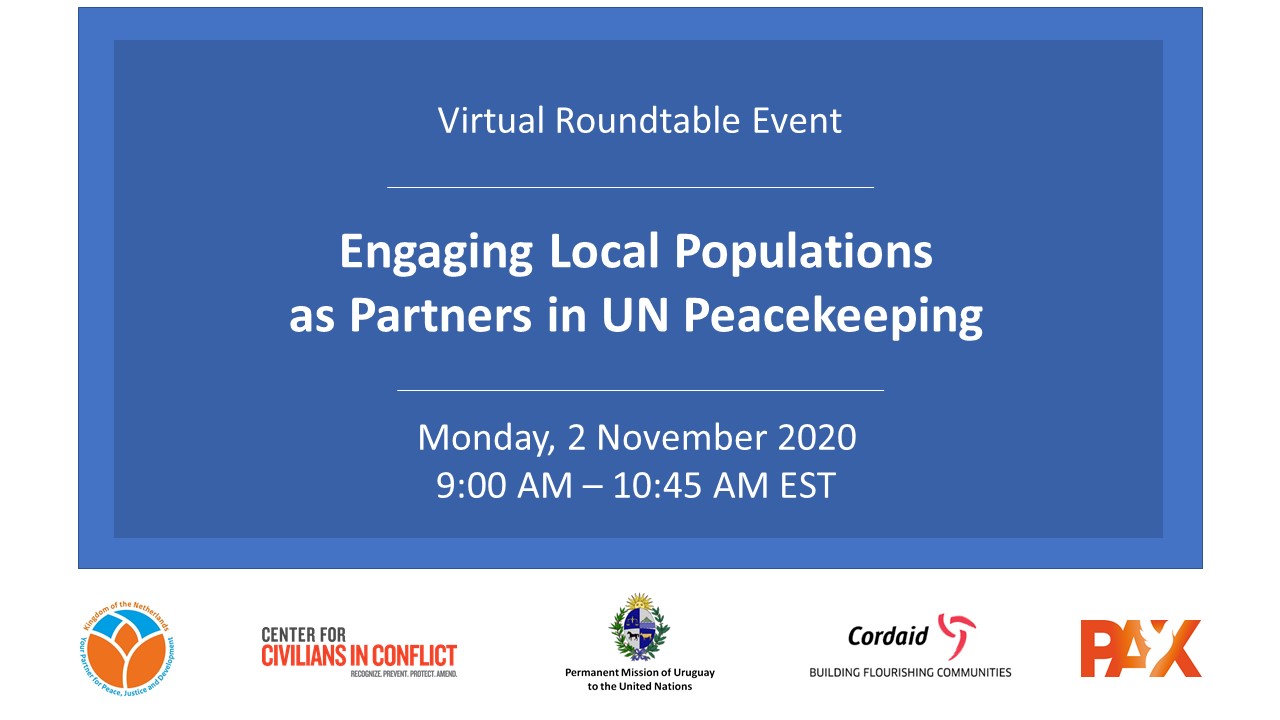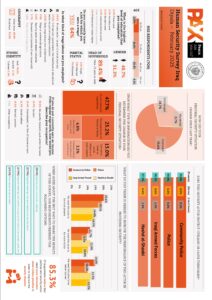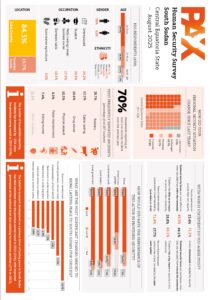Engaging Local Populations as Partners in UN Peacekeeping
UN Member States, have increasingly highlighted the importance of UN peacekeeping engagement with conflict-affected communities.[1] The COVID-19 pandemic has exacerbated instability and exposed systemic inequalities in a number of UN peacekeeping contexts, emphasizing a new challenge of community engagement, while increasing the urgency of UN peacekeeping missions to engage vulnerable communities in safe and effective partnerships.
On November 2, 2020, the Permanent Missions to the UN of the Kingdom of the Netherlands and Uruguay in partnership with the Center for Civilians in Conflict (CIVIC), Cordaid, and PAX, convened a virtual roundtable to discuss three pressing issues:
- How peacekeeping missions can engage communities in meaningful partnerships;
- How missions can prevent and mitigate unintended harm to communities resulting from mission activities; and
- How missions can engage with communities in strengthening national institutions, namely the justice and security sector.
The virtual roundtable brought together experts from UN peacekeeping missions, UN headquarters, civil society organizations operating in peacekeeping contexts, international NGOs, and UN Member States.
Participants highlighted how engaging communities as partners is crucial for the effectiveness and sustainability of peacekeeping operations’ mandate implementation, particularly as it contributes to understanding community’s protection needs. If implemented effectively, community engagement that promotes dialogue between government institutions and communities can increase political space for community and civil society representatives to monitor the performance of government institutions and contribute to improvements in accountability.
The roundtable discussions, however, underscored that although awareness of the importance of community engagement has increased, there are still gaps in implementation. Several speakers noted that for community engagement to be effective, peacekeeping missions need to base their strategies on threat-based conflict analysis, invest time and effort in continuous engagement and trust-building activities, and build and/or support local capacities for dialogue between communities and peacekeeping missions, between different communities, and between communities and state institutions. Member States and peacekeeping missions should also ensure proper pre-deployment and in-mission training to build requisite skills needed to meaningfully engage with communities, such as communication skills and cultural and gender awareness.
Discussants noted that community engagement should also include partnerships with civil society organizations to leverage their deep knowledge about the needs of communities and the potential risks to engaging them, as well as the legitimacy they enjoy with civilian populations. CSOs play a key role as partners in engaging local communities safely and effectively and their work must be utilized and supported as mutually reinforcing to that of the mission. Participants raised concerns that if community engagement is not done correctly, it may create mistrust or misunderstanding about the role and mandates of missions, or may expose communities to risks and harm.
Cooperation with host states at the national and local level, is an important facet of community engagement, given the primary responsibility of protecting civilians lies with host state governments. However, this cooperation can entail challenges in instances when states engage in predatory behavior against their own civilians, or when their security and justice sectors may lack political will or capacity to provide the required level of security and access to justice. In these cases, a peacekeeping mission is responsible for advocating for appropriate responses, while applying the UN Human Rights Due Diligence Policy. At the local level, Missions need to find entry points with local authorities for this advocacy and to conduct follow-up assessments with local communities to understand their concerns following any response to protection concerns. In this regard, speakers highlighted that peacekeeping missions may have the legitimacy and ability to bridge gaps in trust and gaps in capacities when it comes to relationships of host states and communities.
Participants took stock of various tools and mechanisms that have been developed and implemented to facilitate community engagement, such as Community Alert Networks that enable members of communities to share information on threats, and Joint Protection Teams missions deployed to collect information and build relationships with communities and key actors. Moreover, speakers noted how police components are implementing community-oriented policing initiatives to enhance public trust, how judicial affairs officers work with local civil society actors to enhance access to justice by helping establish rural courts, and how community violence reduction efforts have led to integration of former combatants.
Finally, speakers mentioned the need to overcome working in silos to achieve the missions’ shared goal of improving community engagement as a means for everyone to work as partners to build safer, more inclusive, more peaceful situations for all.
[1] Language on engaging local populations can be found in the Declaration on Shared Commitments on UN Peacekeeping, the report of the Special Committee on Peacekeeping Operations (C-34), and mandates of several peacekeeping missions, such as MINUSCA, MINUSMA, MONUSCO, and UNMISS.
About this report
Date of publication:
Nov 02, 2020
Publisher:
PAX, Cordaid,Center for Civilians in Conflict (CIVIC)
Topic
Global
Engaging Local Populations as Partners in UN Peacekeeping
Nov 02, 2020


